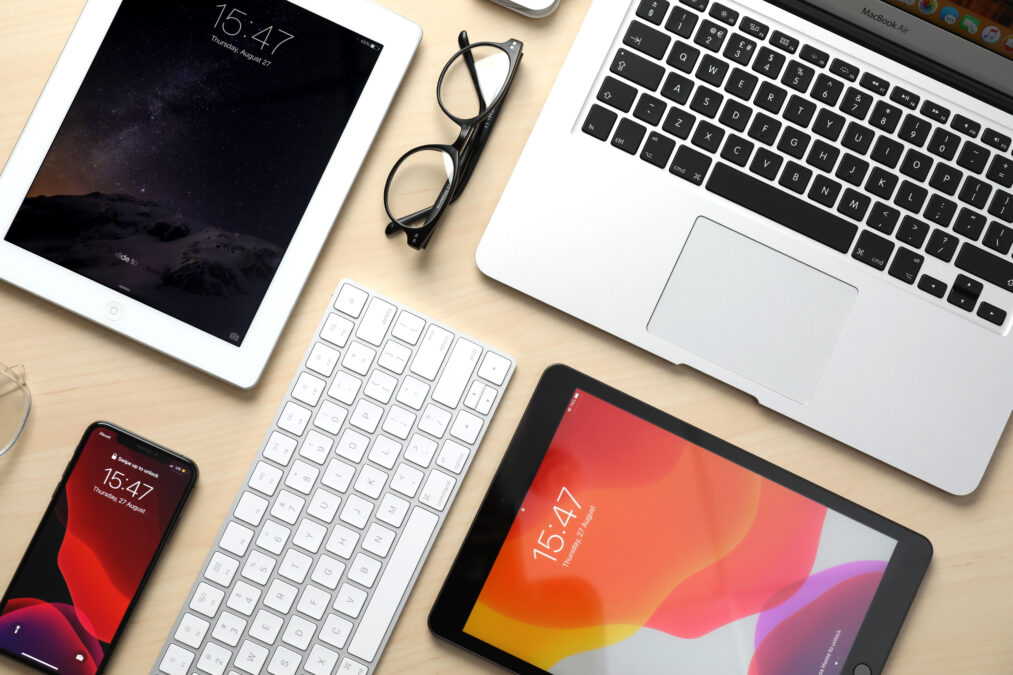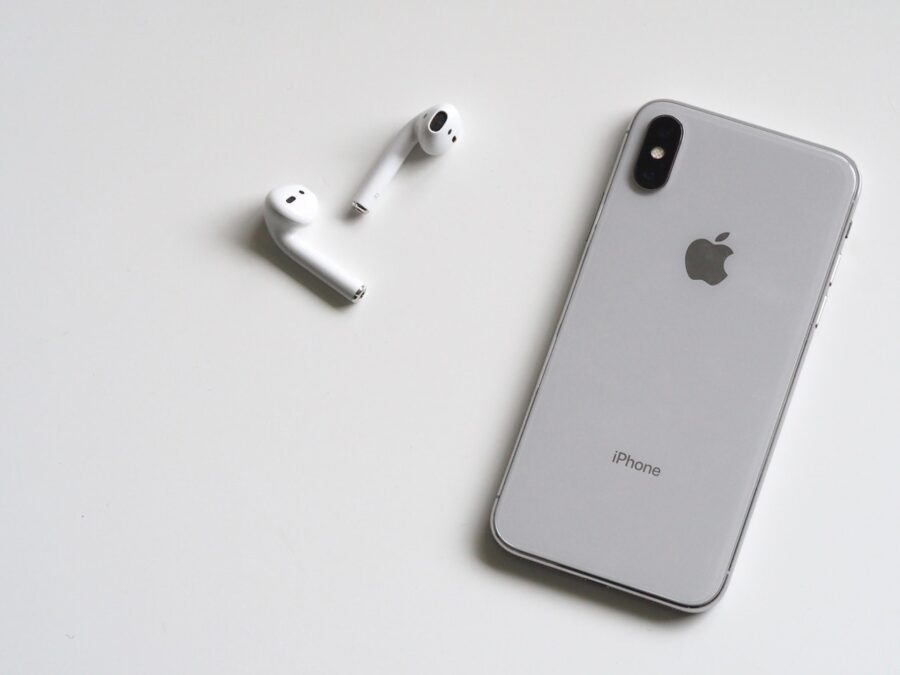The number of cellular M2M connections in the retail industry reached 33.7 million worldwide in 2016, according to a new research report from Berg Insight.
Cellular M2M technology enables devices such as POS terminals, ATMs, digital signs and ticketing machines to be used at new locations where fixed line connectivity is unavailable or impractical.
>See also: The Internet of the Seas sets sail
The technology has a more transformational effect on markets such as vending and parking, where machine operators need to reorganise their operations in order to benefit from the availability of real-time information.
Berg Insight forecasts that the number of cellular M2M connections in the global retail industry will grow at a compound annual growth rate (CAGR) of 10% during the next five years to reach 49.2 million connections in 2020.
Shipments of cellular M2M devices for retail applications will at the same time increase at a CAGR of 5.6% from 11.5 million units in 2016 to 14.4 million units in 2020.
POS terminals constitute the largest device segment and accounted for 89% of all cellular M2M connections in the retail industry at the end of 2016. The market for wirelessly connected POS terminals is however relatively mature, and most of the market growth is driven by the increasing use of electronic payments in emerging markets.
“The multi-space parking meter segment was one of the first vertical markets to embrace cellular M2M connectivity and has today reached the highest connectivity penetration of 59%”, said Johan Fagerberg, senior analyst, Berg Insight.
>See also: UK consumers reveal true feelings on AI technology
In recent years, cellular connectivity has also found its way into the single-space parking meters market, which has become one of the fastest growing segments. Berg Insight expects that the vending machine segment will present a major opportunity for wireless connectivity in the long term.
“Today only 1.8 million of the world’s 17.1 million vending machines are online. Every vending machine will eventually be connected, but costs for the wireless M2M hardware and subscriptions still need to come down significantly before this vision becomes reality”, Fagerberg concluded.






